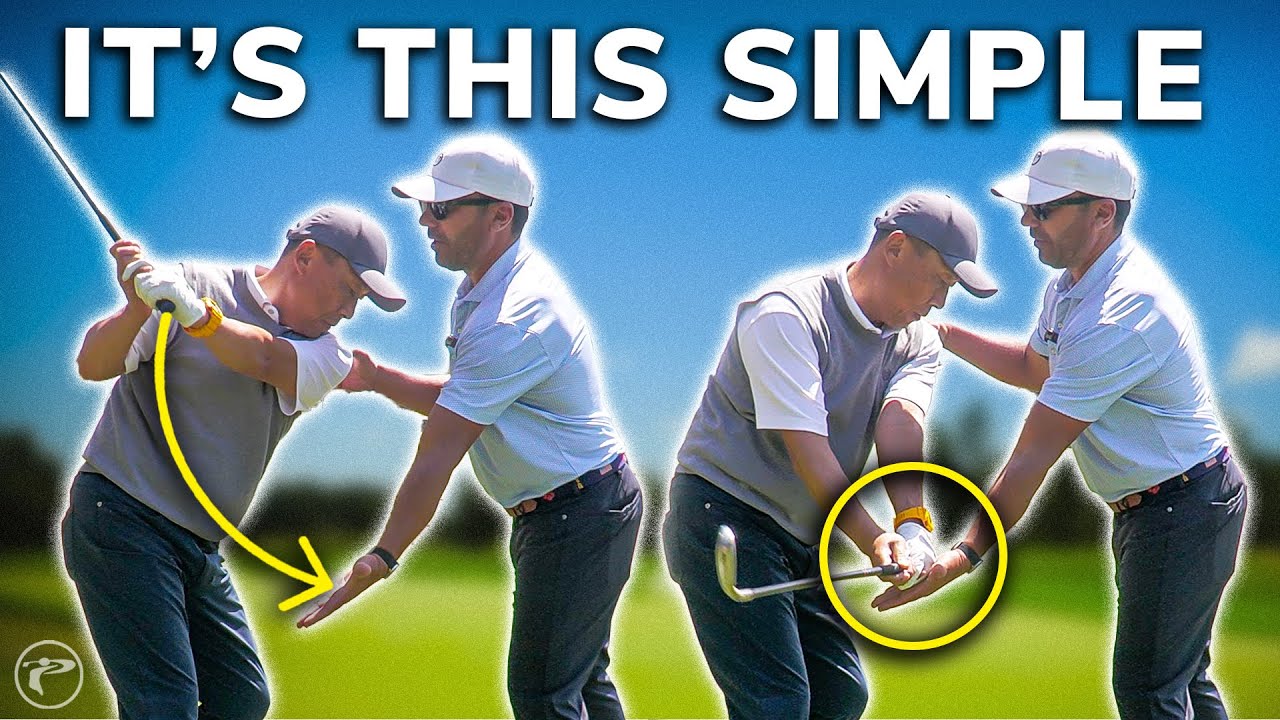
Unlock the secrets to a more powerful and consistent golf swing by mastering the downswing sequence. Discover how the pros do it and start improving your game today!
Table of Contents
- Understanding the Downswing Sequence
- The Importance of Timing
- Drills to Improve Your Downswing Sequence
- Common Mistakes to Avoid
- How to Overcome Early Extension
- Final Thoughts
Understanding the Downswing Sequence
The downswing is where golf magic happens. It’s the transition from the peak of your backswing to striking the ball. The correct sequence is crucial for power and accuracy. Essentially, your hands should lead this movement, not the upper body.
- Hands Leading the Motion: Initiate your downswing with your arms and hands, avoiding upper body dominance to maintain power and accuracy.
- The Role of Hips: As your hands drive down, your hips should begin rotating towards the target, a key for speed and control.
- Chest Stability: Keep your chest facing the ball as long as possible, allowing for controlled energy release in your swing.
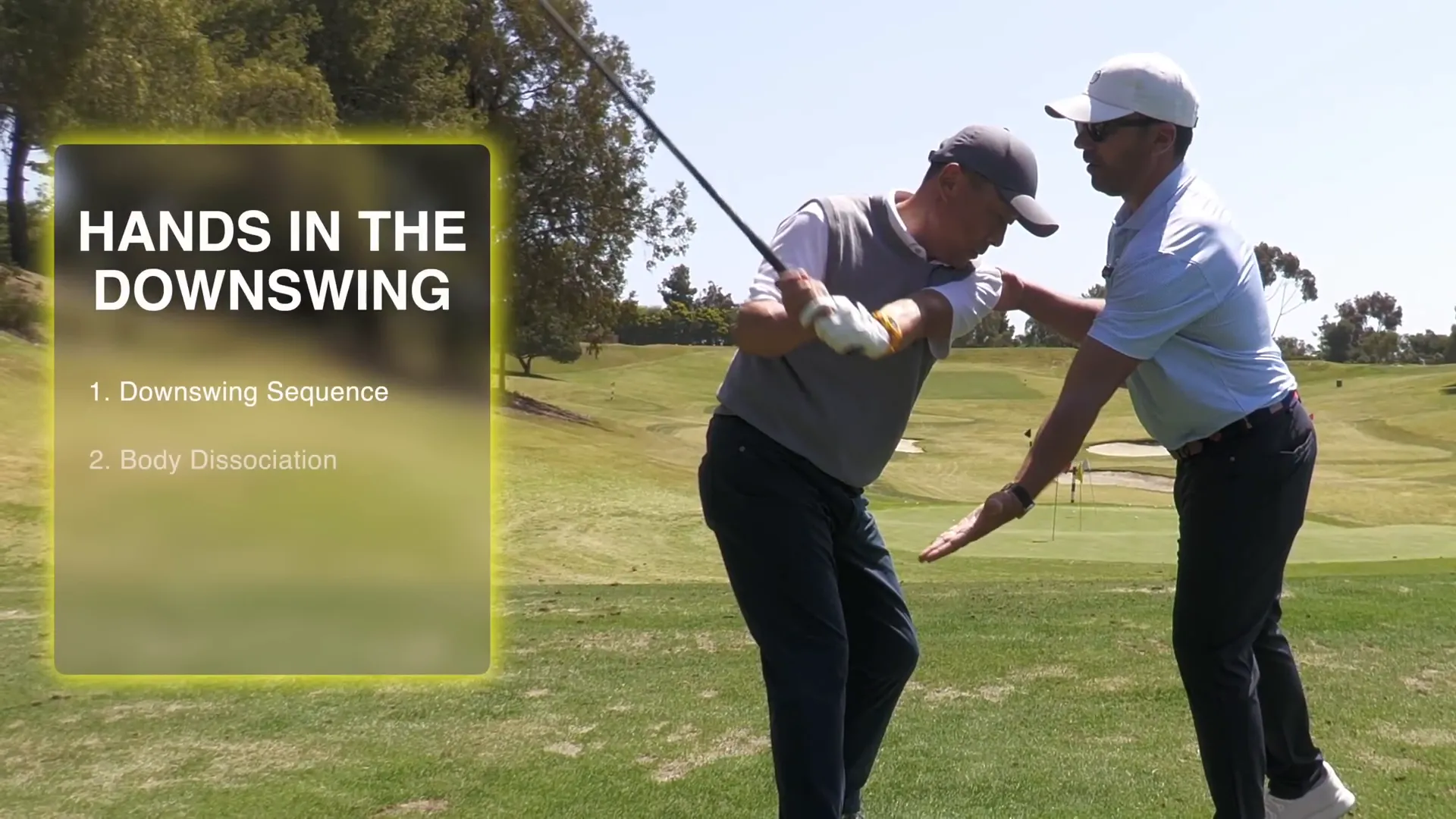
The Importance of Timing
In golf, timing is everything. Your downswing sequence impacts your shot’s distance and your swing’s overall efficiency. If your shoulders rotate before your hands drop, you lose connection with the club.
Imagine a glass tabletop on your shoulders. Your hands should stay below this as you begin your downswing. If they rise above, you’ll swing over the top, causing pulls or slices.
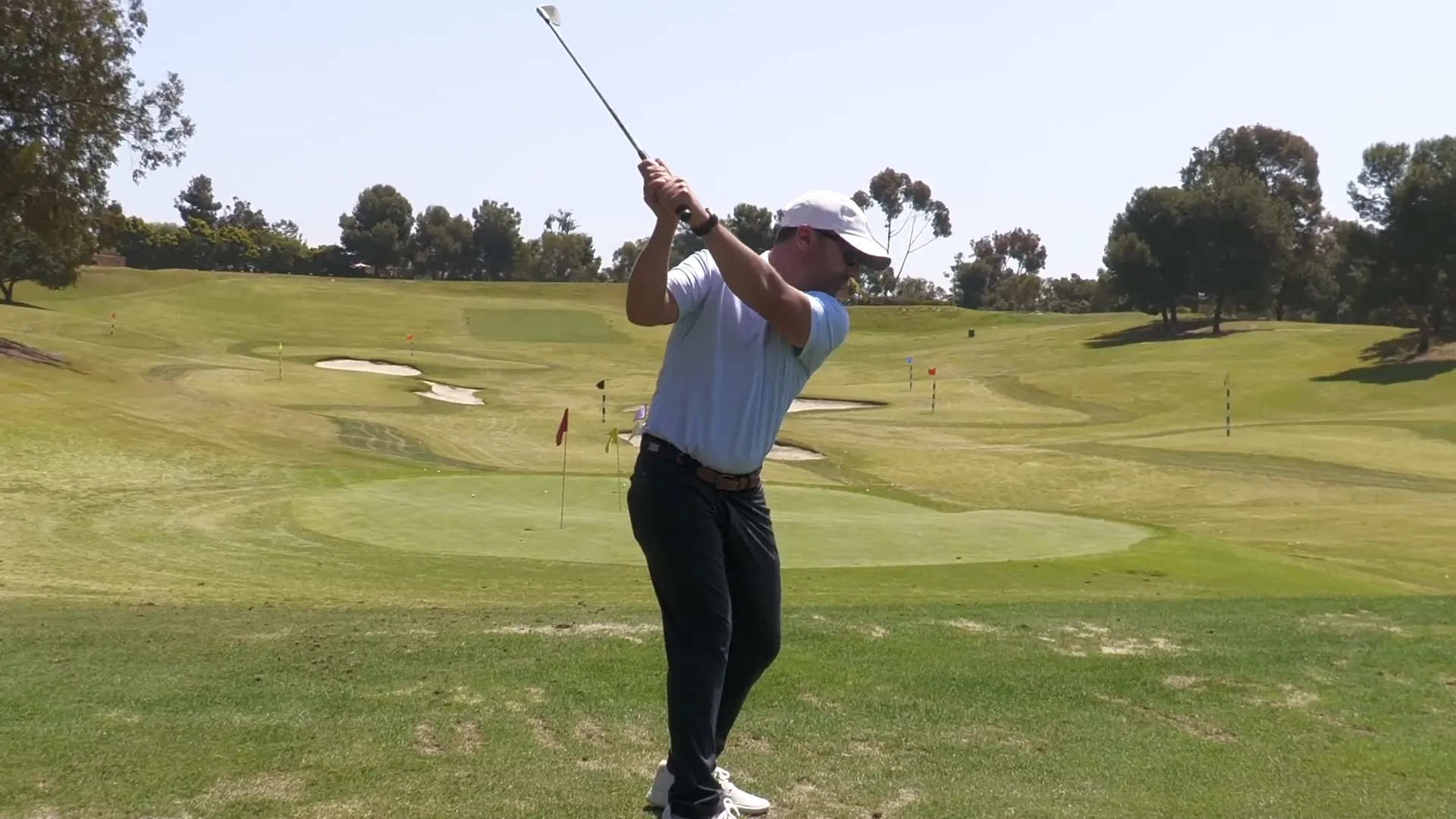
Drills to Improve Your Downswing Sequence
Try these drills inspired by Justin Rose’s pre-shot routine to refine your downswing:
1. The Glass Tabletop Drill
As you begin your downswing, ensure your hands drop below the imaginary line on your shoulders before your upper body rotates.
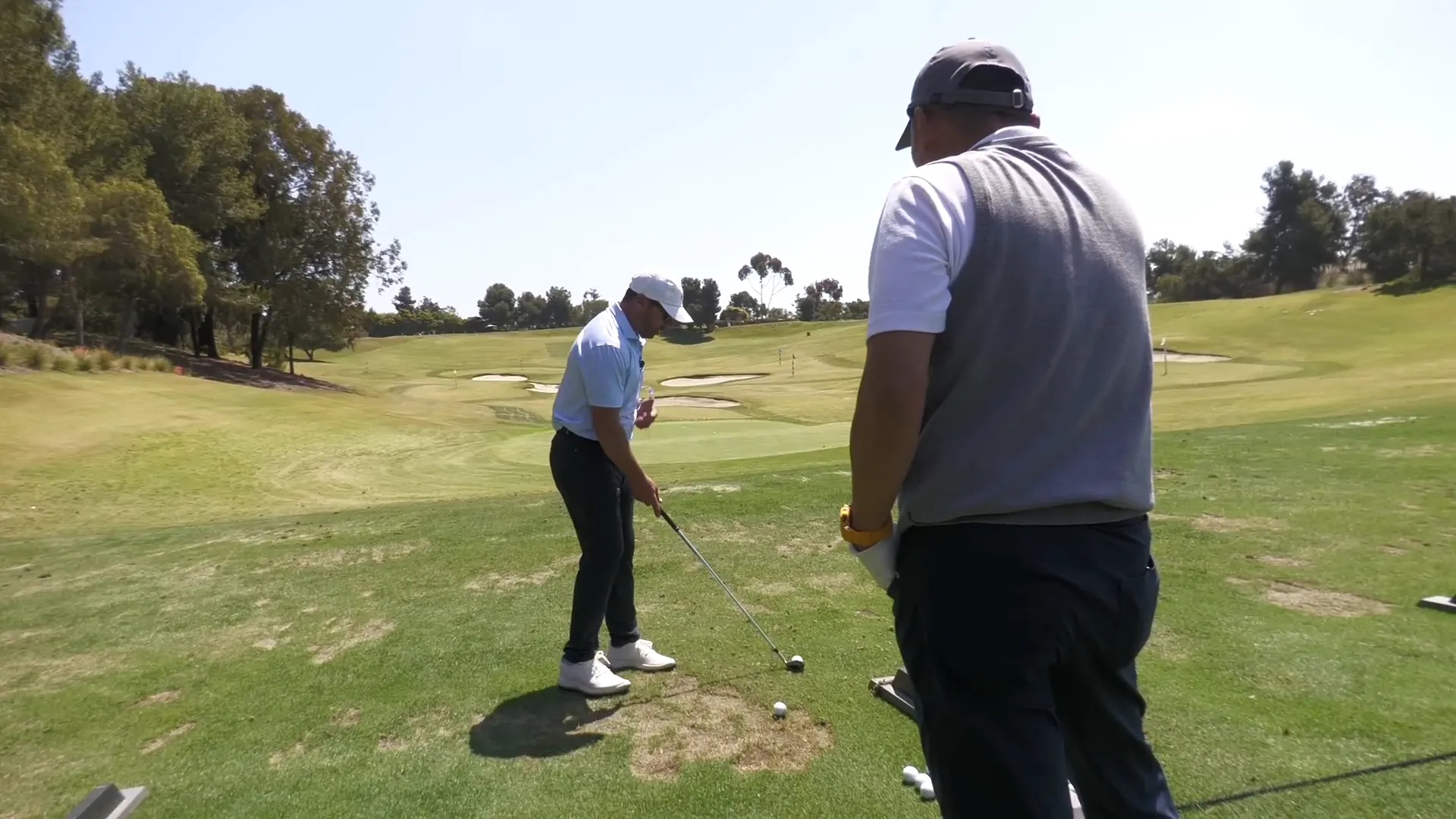
2. The Two-Ball Drill
Position a ball and another object behind your target ball. Focus on hitting the first ball, maintaining your hands below your shoulders.
3. The Medicine Ball Throw
To understand hip and hand coordination, throw a medicine ball, leading with your hands while keeping your chest stable to build muscle memory.
Common Mistakes to Avoid
Avoid these pitfalls when working on your downswing sequence:
- Leading with Shoulders: Initiating rotation with shoulders can cause an over-the-top swing.
- Insufficient Hip Rotation: Early hip movement ensures your hands follow, sustaining the swing connection.
- Ignoring the Finish: A strong finish position ensures your body aligns with the target, indicating a successful swing.
How to Overcome Early Extension
Early extension, where the golfer stands up mid-swing, causes a disconnect. Focus on:
- Maintaining Spine Angle: Keep your spine angle steady for better club connection.
- Engaging the Core: A strong core stabilizes your body and preserves posture.
- Purposeful Practice: Practice with intent, focusing on downswing mechanics to build memory.
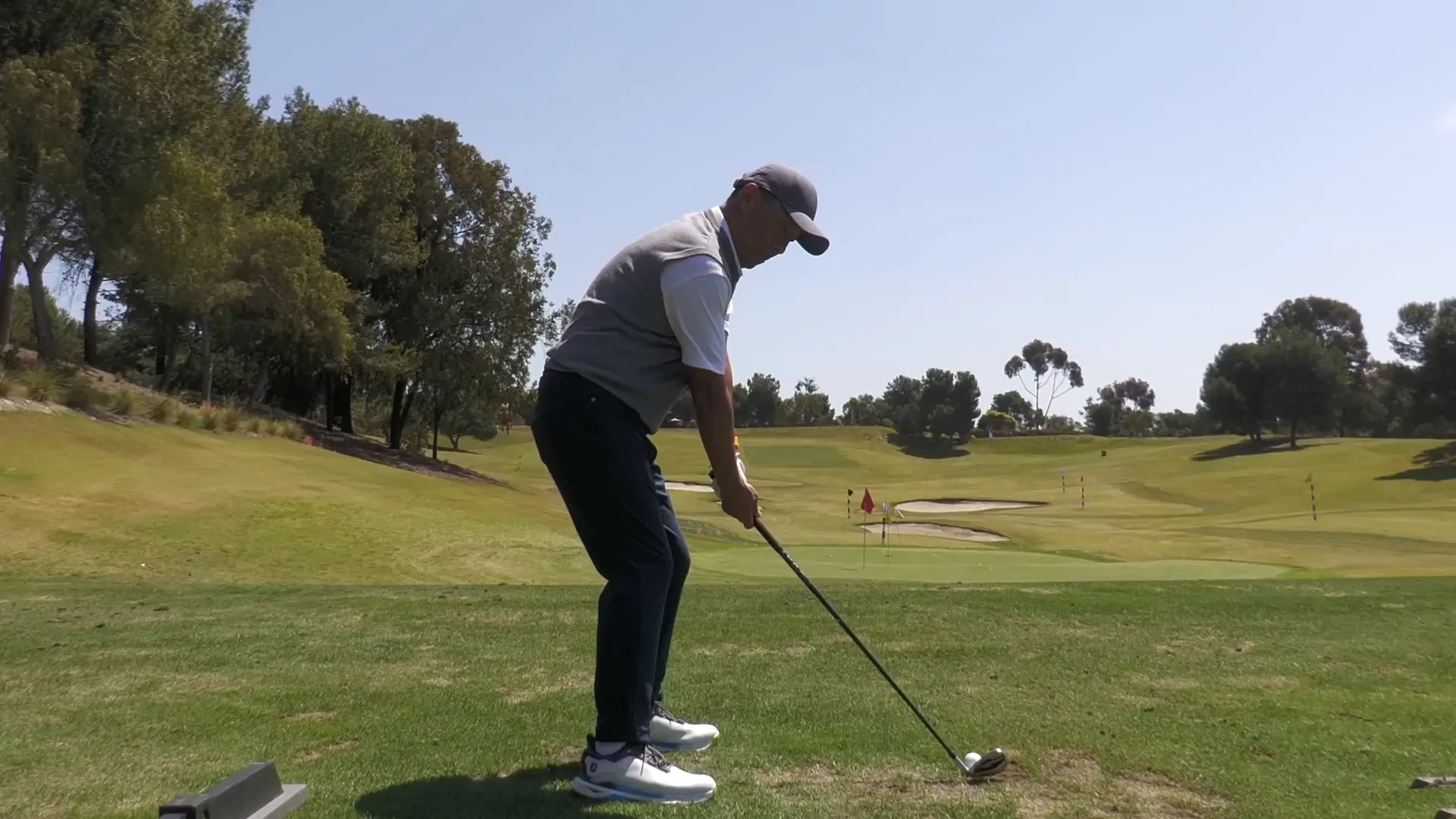
Final Thoughts
Mastering your downswing sequence is vital for golf game improvement. With correct mechanics and considering drills and mistakes to avoid, you’ll see a consistent swing. For those eager to enhance their skills further, explore Porzak Golf’s full swing masterclass. This program offers a structured approach for all levels.
Beginner or pro, perfecting the downswing sequence enhances performance. Implement these techniques and transform your game! Visit Porzak Golf’s lesson plans for more personalized guidance or contact them for personal lessons.

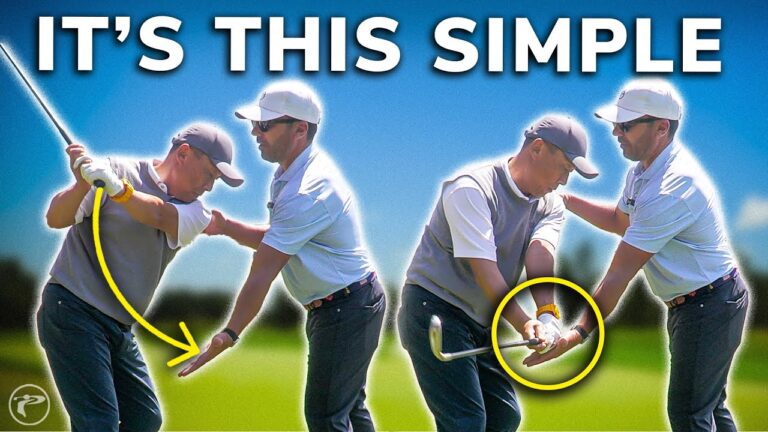
0 Comments